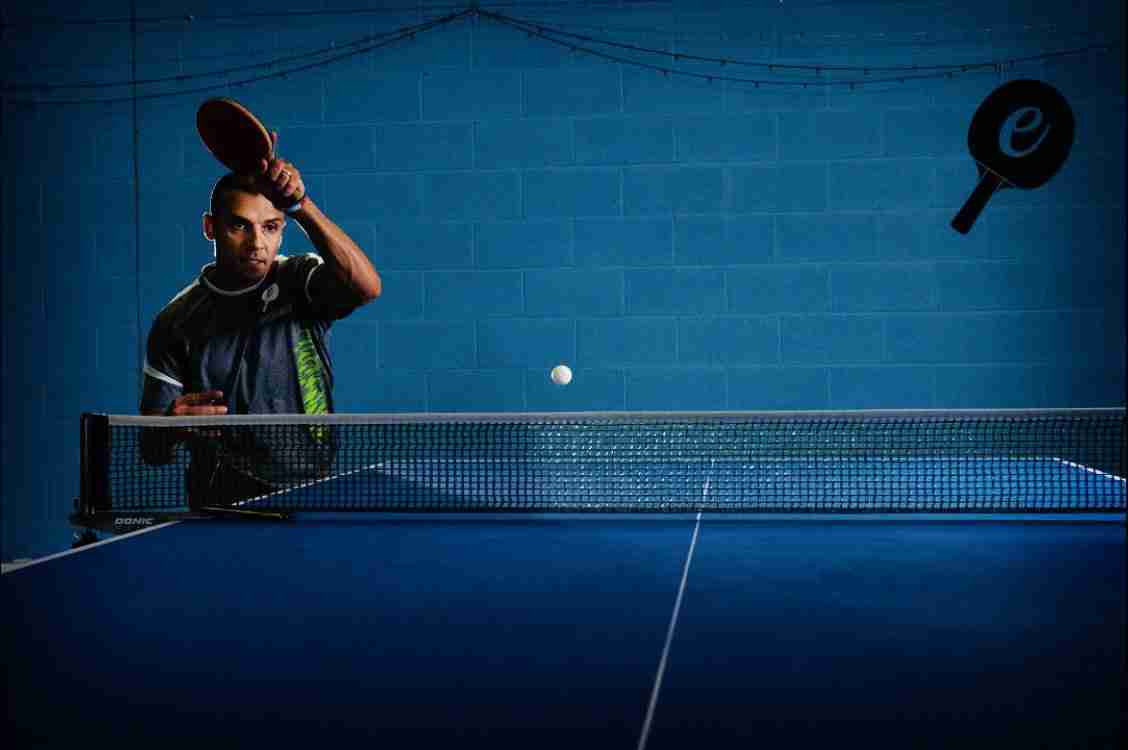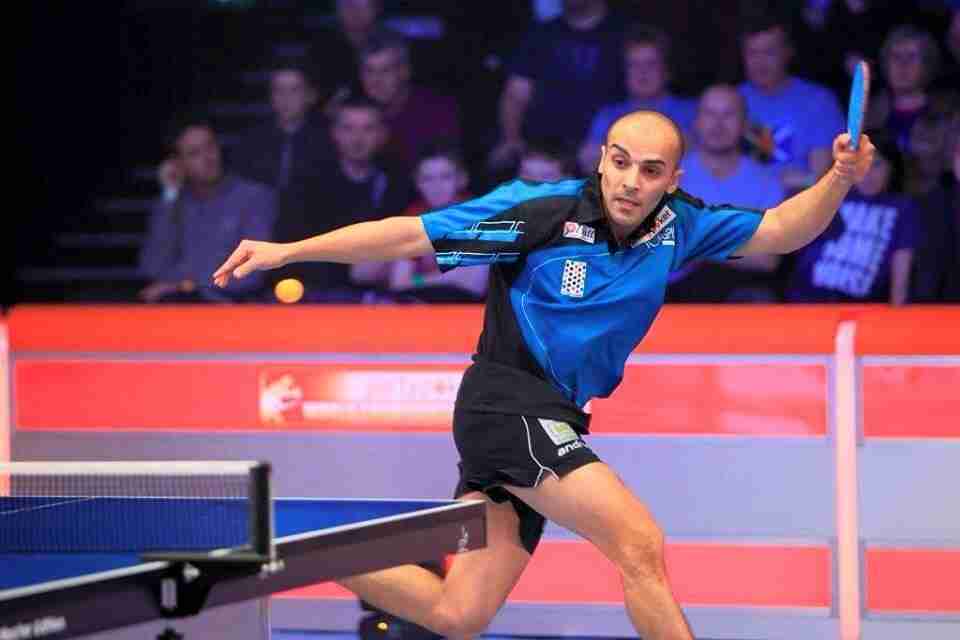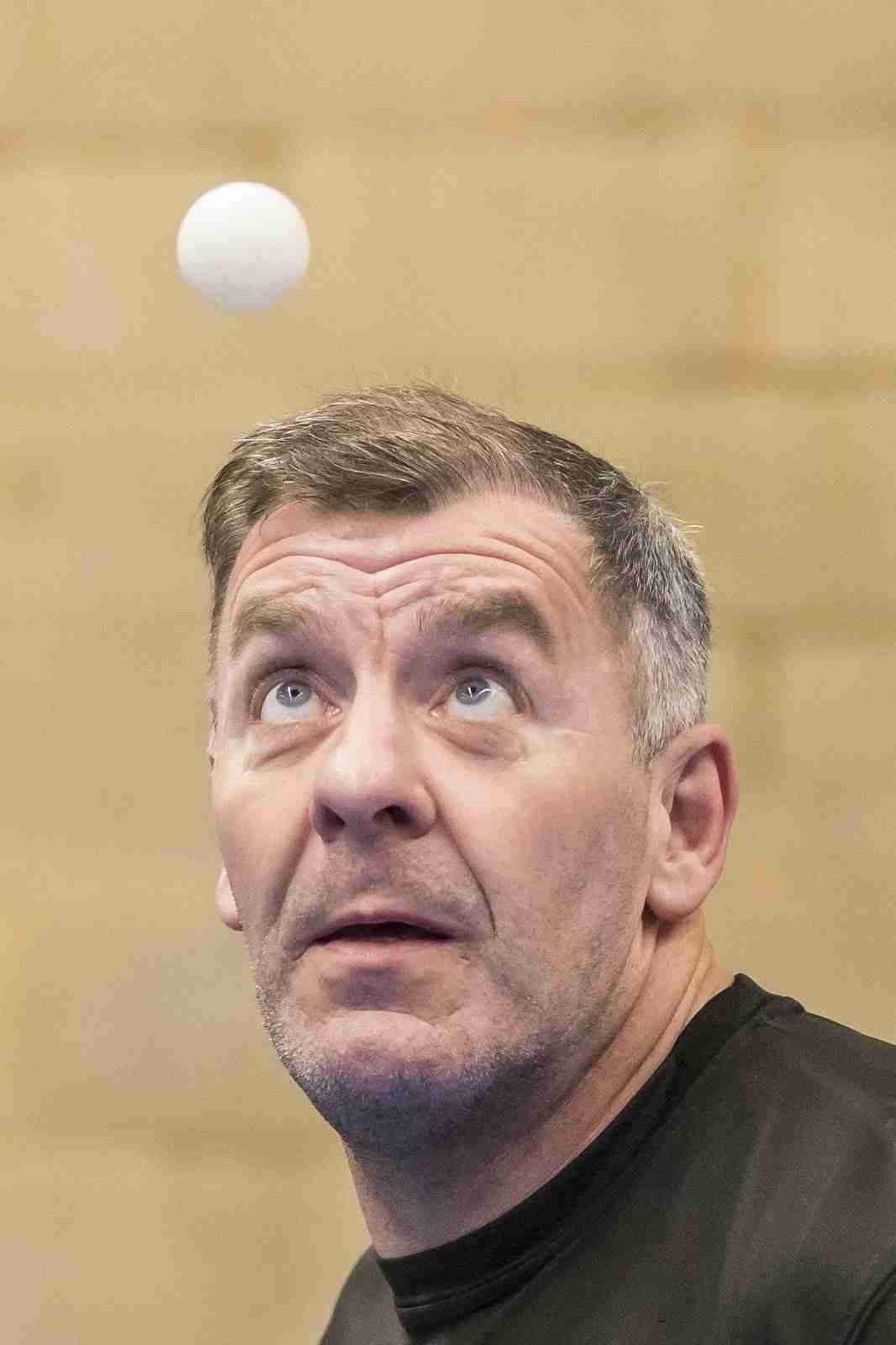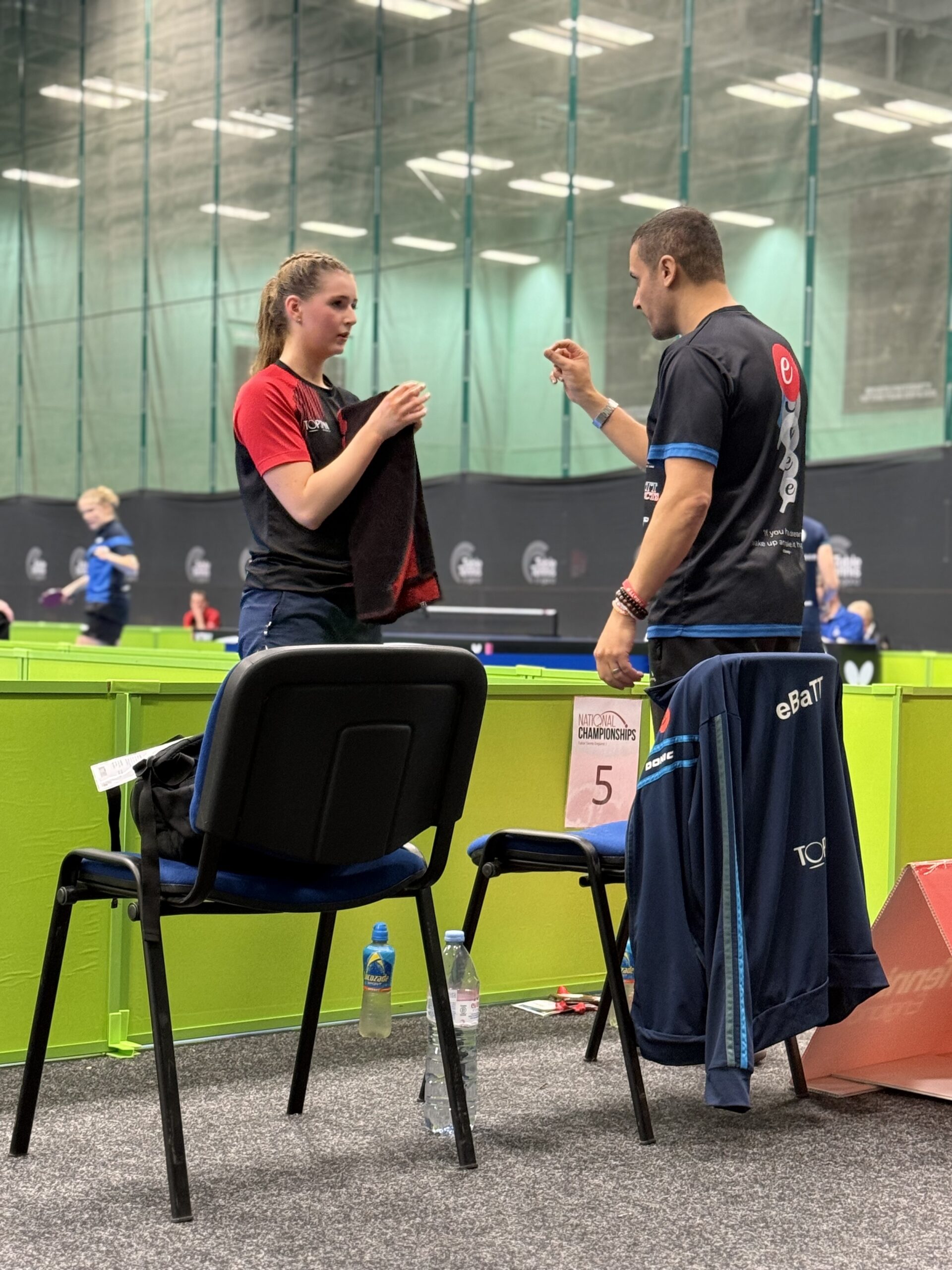
How Important Is Table Tennis Technique
When I first started coaching 19 years ago, I was obsessed with having a good table tennis technique. I am not 100% as to why

When I first started coaching 19 years ago, I was obsessed with having a good table tennis technique. I am not 100% as to why

As a freelance coach, I’m lucky to work with players of all ages and levels. I believe having a coach is like having a map.

We all put some kind of table tennis expectations upon ourselves. The key is how do we handle that pressure? Here’s a beautiful test I

Building table tennis foundations are one aspect of the game, few are willing to focus on in today’s modern society. We live in an instant

Have you ever asked yourself, how important is a table tennis rally? We all love having a long table tennis rally and of course, winning the

It’s a very difficult question to answer, how important are parents in table tennis, or as a sporting parent in general? Personal experience: Many know

What is your opinion, when using smartphones in table tennis tournaments or in the training hall? 10 years ago, the most you could do with
The backhand flick has become one of the most used shots in table tennis. I could be wrong but I believe Dimitrij Ovtcharov, is the
As a single child with a single parent, I had no choice but to be comfortable with the uncomfortable. I didn’t know at the time

Don’t be Blind to the Importance of Vision in Table Tennis See, Respond, React. Steve Brunskill Steve Brunskill, is one of England’s best and most







eBaTT – Table Tennis Centre
Our Table Tennis Club is a dedicated table tennis centre based in North West London. We provide and cater for anyone and everyone. This includes; table hire, group coaching, adult coaching, service & receive clinics, senior citizen coaching, open club play, tournaments, events, ping pong birthday parties and we pride ourselves on being welcoming and friendly to all.
We are open 7 days a week offering a huge variety of open & closed, coaching & non-coaching group sessions
Get the latest updates by providing your email to us and thus becoming a subscriber to our newsletters, (once a month).